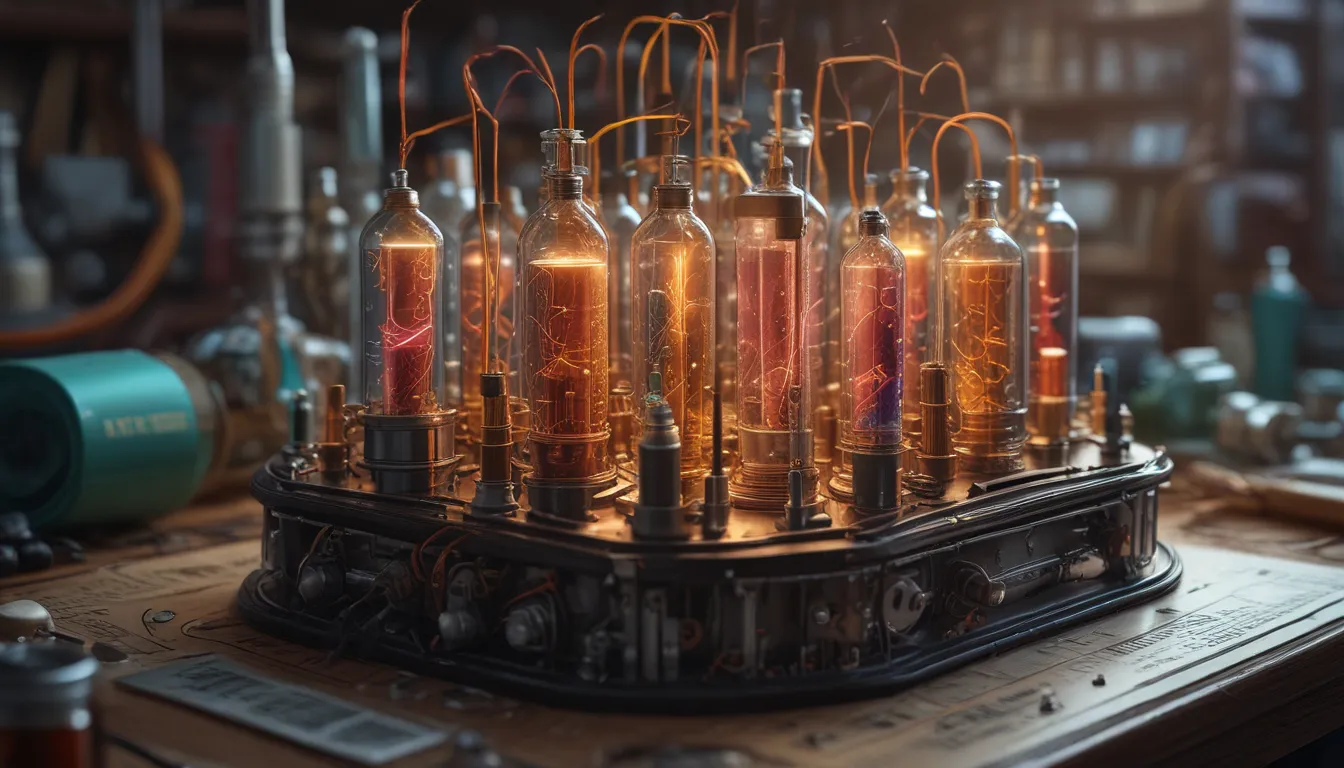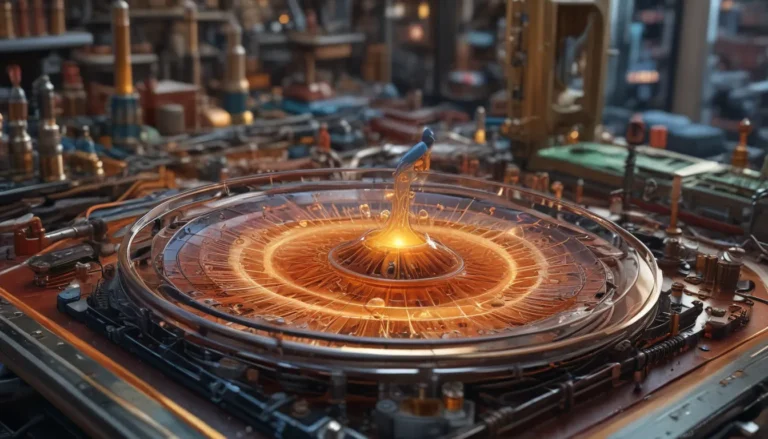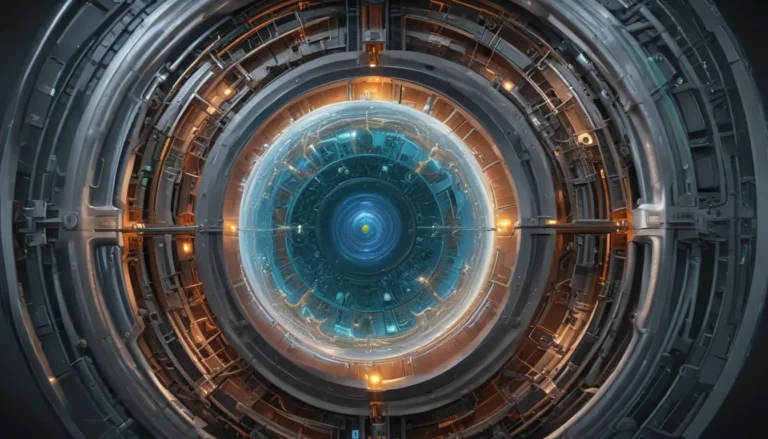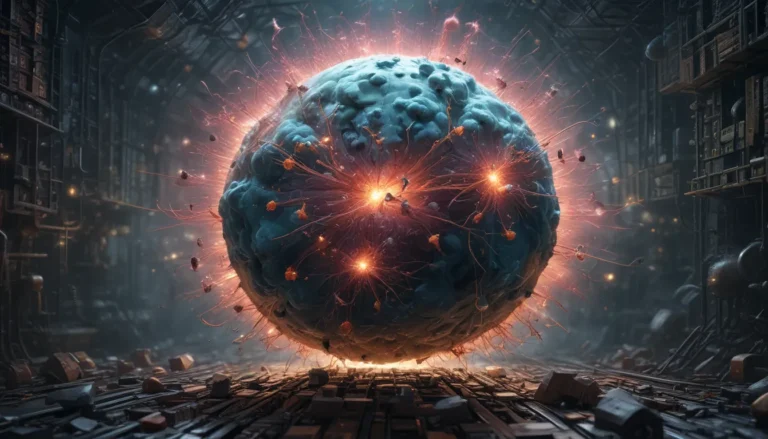A Note About Images: The images used in our articles are for illustration purposes only and may not exactly match the content. They are meant to engage readers, but the text should be relied upon for accurate information.
Capacitance is a fundamental concept in the field of physics, playing a crucial role in various technological applications. From electrical engineering to telecommunications, capacitance is essential for understanding and applying principles in these fields. In simple terms, capacitance refers to the ability of a capacitor to store electric charge when a voltage is applied across its terminals. In this article, we will delve into 18 astounding facts about capacitance that will deepen your knowledge and appreciation for this intriguing phenomenon.
What is Capacitance?
Capacitance is the measure of an object’s ability to store an electric charge. It is represented by the symbol C and is measured in farads (F).
Discovering Capacitance
Capacitance was discovered by the German physicist Michael Faraday in 1839. Faraday’s groundbreaking work laid the foundation for understanding the storage of electrical energy in capacitors.
Capacitors: The Storehouses of Energy
Capacitors are electronic components used to store and release electrical energy. They consist of two conductive plates separated by an insulating material known as a dielectric.
Unveiling the Workings of Capacitance
Capacitance occurs when an electric charge builds up on the plates of a capacitor, creating an electric field between them. The capacitance value determines how much charge can be stored for a given voltage.
Factors Affecting Capacitance
The capacitance of a capacitor is influenced by the surface area of the plates, the distance between them, and the type of dielectric material used. These factors play a crucial role in determining the capacity of a capacitor to store charge.
Applications of Capacitance in Everyday Life
Capacitance has a wide range of practical applications, including energy storage, filtering, timing circuits, motor starting, and in electronic devices like radios and televisions. Understanding capacitance is key to leveraging its applications in various technological fields.
Exploring the Formula for Calculating Capacitance
The formula to calculate capacitance is C = Q/V, where C represents the capacitance, Q is the charge stored, and V is the voltage across the capacitor. This formula provides a basic understanding of how capacitance is calculated in electrical systems.
The Significance of Farad
The farad (F) is the unit used to measure capacitance. One farad is equal to one coulomb of charge stored per volt of potential difference. Understanding this unit helps in quantifying the capacity of a capacitor to store charge.
Capacitance in the World: The Largest Capacitor
The largest capacitor in the world is the Electric Power Research Institute’s (EPRI) saltwater capacitor, which boasts a capacitance of 1.8 million farads. This colossal capacitor demonstrates the immense storage capacity of capacitors in practical applications.
Capacitors: Versatility in Storing AC and DC
Capacitors have the unique ability to store both alternating current (AC) and direct current (DC). This versatility allows capacitors to adapt to different types of electrical signals and applications based on the flow of current through them.
Understanding the Energy Storage Mechanism in Capacitors
Capacitors store energy in the form of an electric field between the plates. When connected to a power source, they accumulate charge, which can be released when the circuit is open. This mechanism highlights the significance of capacitors in energy storage applications.
Capacitors in Circuit Behavior
Capacitors can significantly impact circuit behavior by altering voltage levels, stabilizing power supplies, filtering out noise, and controlling the flow of electrical signals. Their role in regulating electrical systems is critical for maintaining stability and efficiency.
Enhancing Capacitance: Increasing Capacitance Value
Capacitance can be increased by enhancing the surface area of the plates, reducing the distance between them, or using a dielectric material with a higher permittivity. These methods allow for maximizing the charge storage capacity of capacitors in various applications.
Exploring Self-Capacitance and Mutual Capacitance
Self-capacitance refers to the inherent capacitance of an object or conductor, influenced by its size, shape, and proximity to other conductive objects. Mutual capacitance, on the other hand, represents the capacitance between two conductive objects or components, utilized in touchscreens and proximity sensors.
Capacitance’s Vital Role in Electronics
Capacitance plays a crucial role in electronics by storing energy, coupling signals, and smoothing voltage fluctuations. Its contribution to various electronic devices and circuits underscores its significance in ensuring the efficiency and functionality of electronic systems.
The Phenomenon of Capacitors Discharging
Over time, capacitors can discharge on their own due to internal leakage currents and parasitic resistances. Understanding this phenomenon is crucial in designing electrical systems that maintain stable and reliable performance over time.
Time and Capacitance Relationship
The rate at which a capacitor charges and discharges is influenced by its capacitance value. Higher capacitance values result in slower charging and discharging times, affecting the overall performance of electrical circuits and systems.
Conclusion: Harnessing the Power of Capacitance
Capacitance is a captivating concept that permeates various aspects of physics and technology. From energy storage to signal filtering, capacitance offers a multitude of applications and benefits in modern society. By delving into the astounding facts about capacitance, we gain a deeper understanding of its mechanisms and practical implications in everyday life.
FAQs: Exploring Common Questions About Capacitance
-
What is capacitance?
Capacitance is the ability of a capacitor to store electrical energy in an electric field. -
How is capacitance measured?
Capacitance is measured in farads (F) and is typically represented by the symbol C. -
What factors affect capacitance?
The capacitance of a capacitor depends on the area of the plates, the distance between them, and the dielectric material between the plates. -
What is the relationship between capacitance, charge, and voltage?
The charge stored in a capacitor is directly proportional to the voltage applied across it and inversely proportional to the capacitance. -
What are some practical applications of capacitance?
Capacitance finds applications in energy storage, signal filtering, touchscreens, power factor correction, and electronic circuits. -
Can capacitance be negative?
No, capacitance cannot be negative, as it always represents the ability of a capacitor to store energy.
Stay Curious and Keep Exploring
Capacitance opens up a world of possibilities in understanding and applying principles of energy storage and signal processing in various fields. By deepening our knowledge of capacitance and its applications, we empower ourselves to harness its power in practical and innovative ways. If you found these facts about capacitance intriguing, consider exploring the latest advancements in related technologies, such as car audio systems that seamlessly integrate with smartphones, enhancing the driving experience like never before. Stay curious, keep learning, and marvel at the wonders of the captivating world of capacitance!






